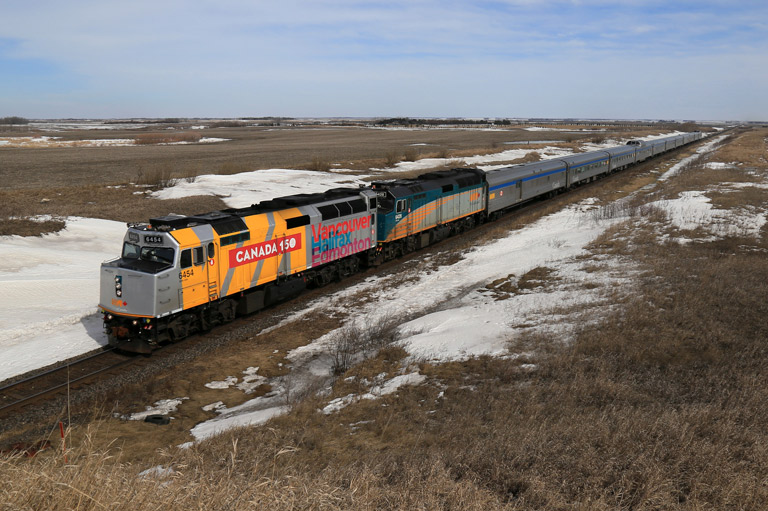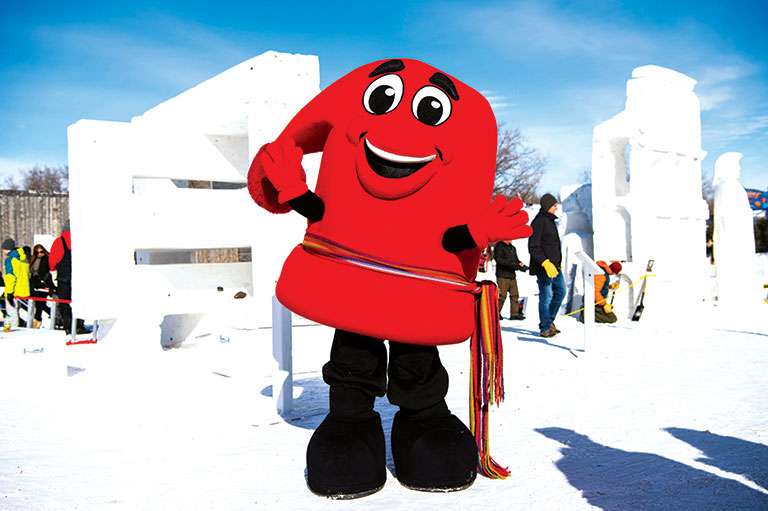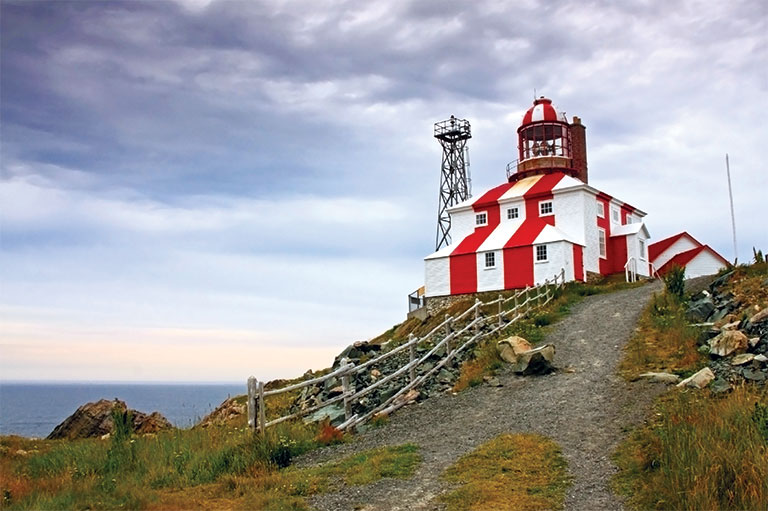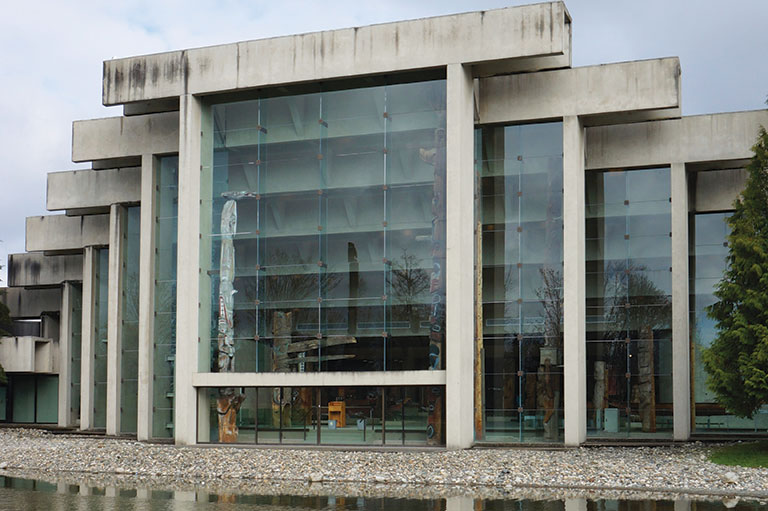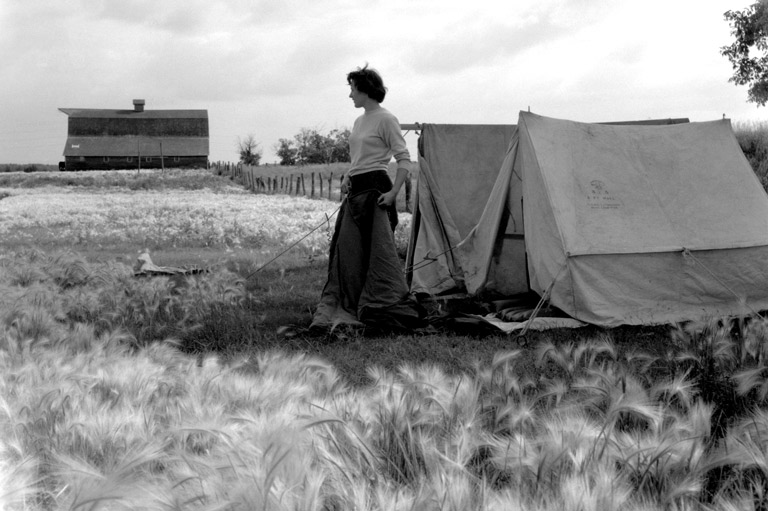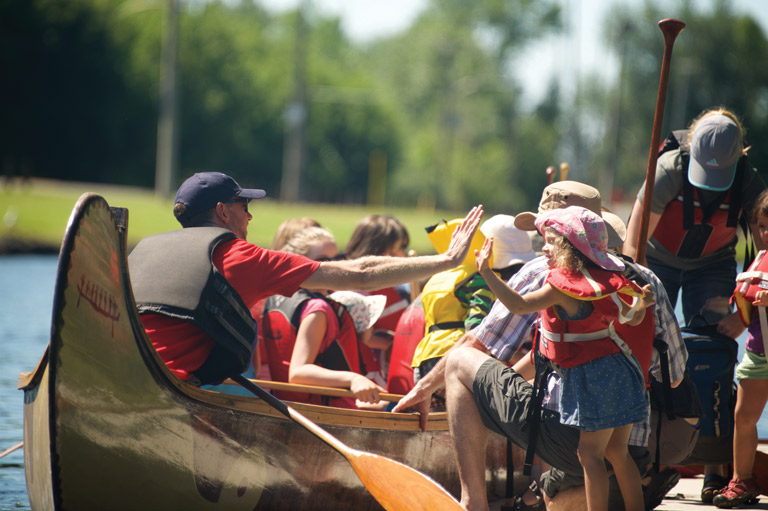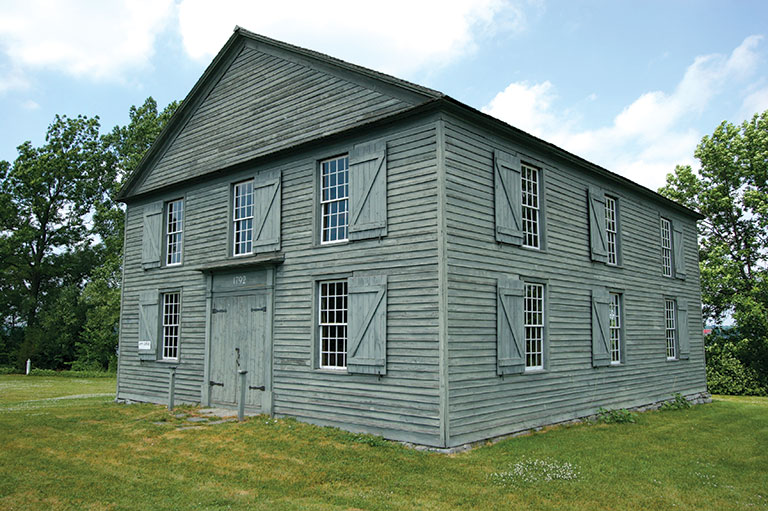Velo Voyageurs
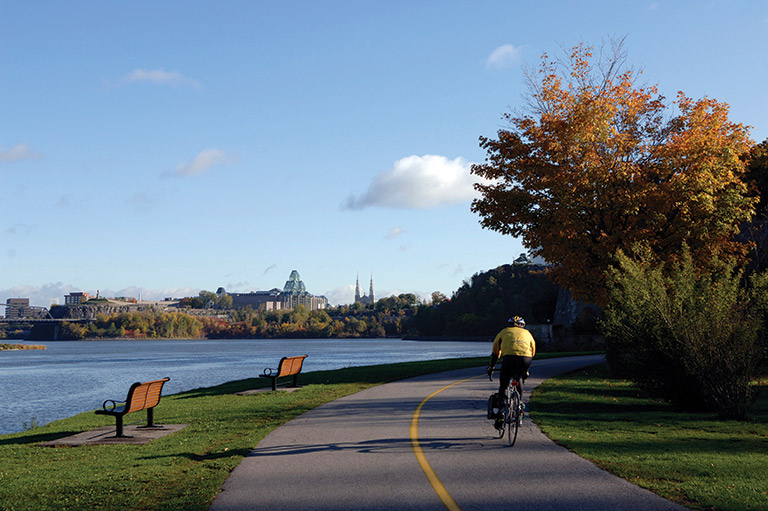
The Ottawa River is a scenic and historic waterway uniquely linked to Montreal and francophone Canada, and for early European explorers and fur traders was a major route in and out of what is today Canada.
Together we had been planning a trip to mark our tenth wedding anniversary, and the shores of the Ottawa River from Ottawa to Montreal made an ideal route. We travelled not by canoe, as the voyageurs would have done, but by bike along Le chemins d’eau and Quebec’s Route Verte network of bike trails.
We set off from Ottawa along the southern shore of the river. Ottawa’s bike network took us easily over the first twenty kilometres to the edge of the city and into the countryside. The river itself was calm, and boaters enjoyed this particularly hot Sunday afternoon.
Approaching the town of Rockland, Ontario, where we would spend our first night, we saw a huge Franco-Ontarian flag. The flag concept was originally developed by historian Gaétan Gervais, and in 2001 it was made the official symbol of Franco- Ontarians. It’s an early reminder that while the river divides Ontario and Quebec it doesn’t divide the rich French-Canadian culture of the area.
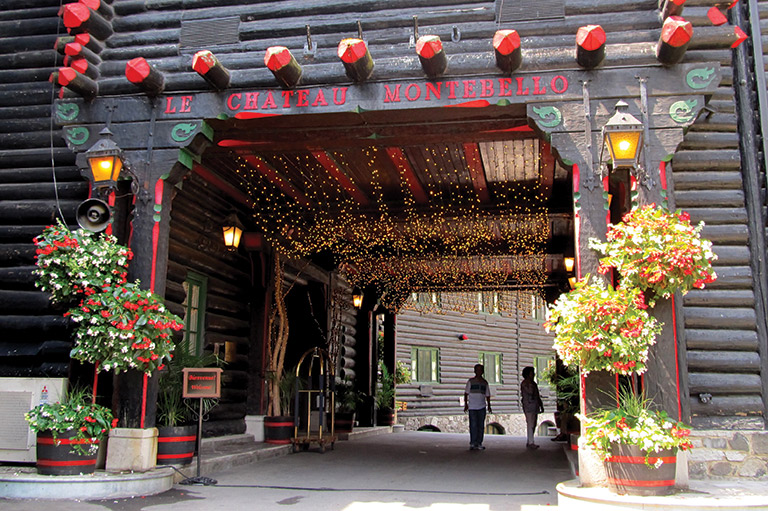
We entered into Quebec early the next morning at Thurso via one of the many small ferries that cross the river. Having enjoyed our brief moment actually on the water, we turned into Parc national de Plaisance, a Quebec provincial park, and cycled along a beautiful bike trail surrounded by blue herons and other wildlife.
From there we made good time along Quebec’s Route 134. It was immediately apparent that the Route Verte paths and highway connections were a significant upgrade over their Ontario counterparts.
We arrived at noon in the town of Montebello and enjoyed a lunch of savoury crepes at Le Café Entre Amis. In addition to the delicious meal, if you ask nicely the owner will tell you where to find the secret sandbar along the river, where you can dip your feet on a hot day. The town of Montebello is home to Manoir Papineau National Historic Site.
Tucked in the woods and overlooking the river, the magnificent manor house was home to French-Canadian leader Louis- Joseph Papineau after his return from exile following the rebellions of 1837 and 1838.
Built in 1850, the house served as a place for Papineau to host eminent guests who travelled up the river from Montreal. Today the site provides an incredible window into upper-class society in nineteenth-century Lower Canada.
On a quiet weekday afternoon, we received our own private tour through the main floor bedrooms and dining room, as well as the grand salon where guests would go after dinner to discuss the political and religious issues of the day. The luxury of the home masks what was no doubt a difficult day-to-day struggle for the majority of people who made their life along the river. (Please note, Manoir Papineau is closed for the remainder of 2019 for restoration work; it is scheduled to reopen in 2020.)
The house was acquired in 1925 and converted into the Seigneury Club, named after the traditional Quebec land system. The wealthy new owners built the accompanying and far grander Château Montebello — now the Fairmont Le Château Montebello.
Built in only four months by an army of 3,500 workers (an event that deserves its own study), and constructed with more than ten thousand red cedar logs, the building was officially opened in July 1930 with a visit by the Governor General of Canada. Historian Danielle Metcalfe-Chenail notes in her history of Laurentian Air Services that the club was part of a proliferation of private hunt clubs built at the time and consisted of between 700 and 1,300 private members.
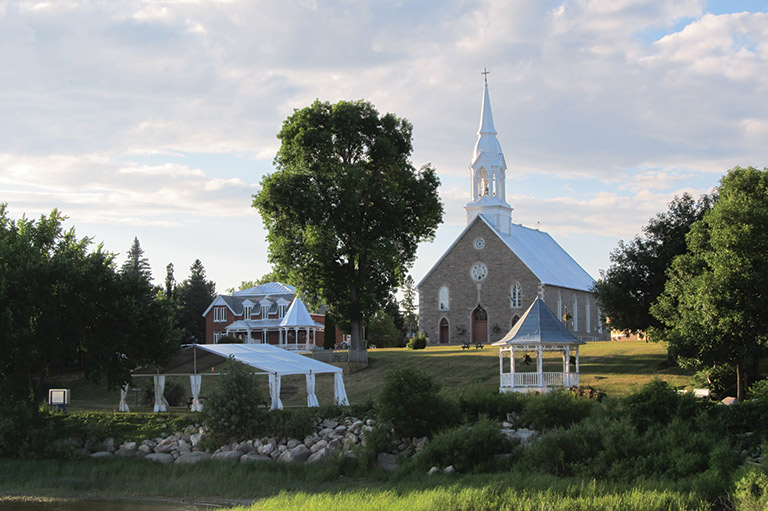
The buildings are full of intimate details, from the artwork depicting the history of Canada and the carefully painted wooden slats above the indoor pool to the grand fireplace and dining room that have for the past century hosted dignitaries, including world leaders during the 1981 G7 Summit. We enjoyed a relaxing afternoon by the river and an anniversary dinner in the dining room.
After our restful night we set out biking early the next day. We travelled easily along the route, pausing to admire the beauty of the river that was our constant guide. By the late afternoon, with the heavy summer heat weighing us down, we stopped in the town of Saint-André-d’Argenteuil at the local casse-croûte (snack bar), a staple in most of the small towns along the trip.
Among the town’s claims to fame, it is the birthplace of Sir John Abbott — the first Canadian-born Prime Minister, who held the office after the death of Sir John A. Macdonald in 1891.
If there was one drawback to cycling, it’s that we sometimes had to bypass sites like the Musée régional d’Argenteuil, which is located in Carillon Barracks National Historic Site. It was from this barracks that the British sent troops to confront Papineau and his forces during the 1837–38 rebellions in Lower Canada.
We ended our day at L’Auberge Lys et Chardon, a perfect little B&B in the small town of Saint-Placide. We walked down to the pier, along which display boards recount the history of the community. It was a final reminder that all of these towns and villages were originally tied to the river, before roads and highways rewired the way we connect to our past.
After a wonderful homemade breakfast at our B&B, we set out on a final day of biking before heading off to explore historic Montreal, and to enjoy a few well-earned days of rest.
We hope you’ll help us continue to share fascinating stories about Canada’s past by making a donation to Canada’s History Society today.
We highlight our nation’s diverse past by telling stories that illuminate the people, places, and events that unite us as Canadians, and by making those stories accessible to everyone through our free online content.
We are a registered charity that depends on contributions from readers like you to share inspiring and informative stories with students and citizens of all ages — award-winning stories written by Canada’s top historians, authors, journalists, and history enthusiasts.
Any amount helps, or better yet, start a monthly donation today. Your support makes all the difference. Thank you!
Themes associated with this article
Advertisement
You might also like...

Canada’s History Archive, featuring The Beaver, is now available for your browsing and searching pleasure!

Beautiful woven all-silk necktie — burgundy with small silver beaver images throughout. Made exclusively for Canada's History.

